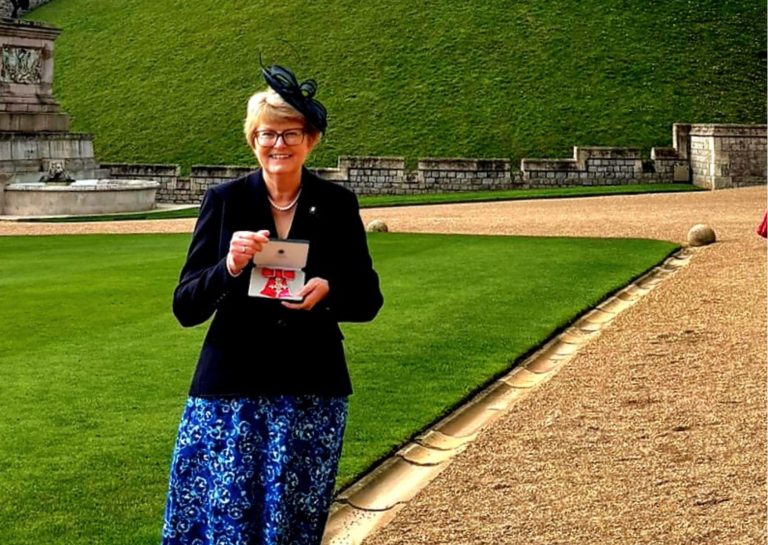Written by Ahmad Fauzi, BNF’s Barito Ulu Programme Field Coordinator

In the past, when I heard people say ‘Borneo’, my thoughts immediately jumped to mandau (traditional Dayak machete), poisonous chopsticks, wild animals, dense forests, and winding rivers. A wet January, early in 2018 at the height of the rainy season, I joined Borneo Nature Foundation as the new Barito Ulu Programme Field Coordinator.
From the window of the car that took me to the Barito River, I saw a river stretching wide and long like a snake, changing the landscape from peat swamp to highlands, the jungle glowing in the sun. The car went up, following the rhythm of nature, through the North Barito area, the residential areas are very small, the distance between villages is far apart, the highway is quiet.
Borneo is the third largest island in the world, after Greenland and Papua, and can not be easily conquered. Western writers, such as Erik Jensen in Where Hornbills Fly said the island is very dangerous, he shared his journey in Borneo in his book A Journey with Headhunters of Borneo, also with Carl Bock mentioning the wild tribes inhabiting the rivers, the ancient ritual of the head hunter, he told in The Headhunters of Borneo.
But Tjilik Riwut, the founder of Central Kalimantan province, recounts his journey across Borneo from the angle of precision, Tjilik Riwut in Kalimantan Memanggil (Kalimantan is Calling) and Kalimantan Membangun (Kalimantan is Developing), records the balance in Dayak life, forest management policies, life messages and a friendliness with nature. Tips that are often forgotten by people like me.
I spent the night at the BNF representative office in Puruk Cahu, a city 400 kilometres from Palangka Raya, the capital of Central Kalimantan. The next day, I left this city to go to a village located 200 kilometres away, right in the heart of the island of Borneo.
The logging roads split the forests of Kalimantan and the streets are quiet. “Look at the massive timber that is moving along the Barito River, I’ve been wondering if the forest is going to run out?” my driver said as he opened the conversation.

Photo by Ahmad Fauzi
Morning had changed to night, I reached the village of Perahau Baru, Seribu Riam, Murung Raya. This village is one of the reasons I woke up very early; I enjoyed my hot coffee and the fog in the distance that wrapped around the forest like a blanket. I then visited the community “This remaining forest is the legacy of our ancestors, we are pleased with your plan for research and conservation,” Mr. Muka, from the previously operated Rekut Research Station, extended his hand to welcome me.
Then I walked along the Joloi River originating from the Barito River, klotoks (long narrow wooden boats) sped passed me along the fierce and raging rapids. The river passes with fast currents with large rocks that characterize the river in the interior of Borneo. An hour later I was on the Busang River and spent the night in Rekut to quickly find the location of the research station, where we will begin BNF’s new conservation programme.
I lay on the boat, spending the night on this exotic river. The combination of rushing river currents with bushy trees on the right and left, and the chirping of various forest animals, enough to eliminate fatigue. The morning atmosphere is very harmonious, making me even more passionate. The route along the way is filled with green foliage with the humid atmosphere of the rainforest. Trees in endless circles and tall stems, equipped with layered canopy interiors made a charming scenery.
Barito Ulu is also rich with various types of orchids, ferns, medicinal plants and Nephentes species. After the sun sets, the forests becomes alive with nocturnal wildlife and the dark forest provides comfort for the rare tarsier, bay cat or red cat and their mysterious existence, as well as glowing fireflies, which we can follow through the night.
From the city to the world-renowned tropical rainforest; Borneo as the heart and lungs of the world. Slowly life has taken me to live in this remote and beautiful place.

Photo by Ahmad Fauzi












